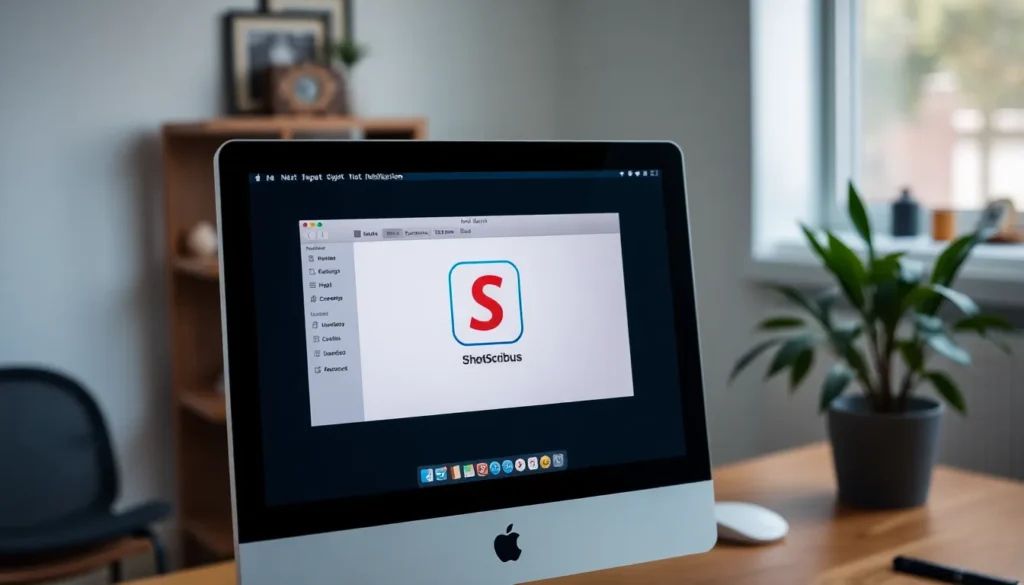Human Resource Manager Software: The Enterprise Playbook for 2026
The modern enterprise is juggling multi-country payroll, complex labor laws, hybrid work, skills-based workforce planning, and AI-driven productivity mandates. Spreadsheets and disconnected point tools are no match for this pace and complexity. Leaders now expect an HR stack that is auditable, automated, and measurable – turning people operations into a strategic engine for growth. In this guide, we’ll demystify human resource manager software for large organizations, explain why it’s become a board-level priority, compare the top platforms , and map the benefits that matter most in 2026 – compliance, automation, and AI-ready insights. What is human resource manager software? Human resource manager software – often shortened to HRMS (Human Resource Management System) or HCM (Human Capital Management) – is an integrated platform that centralizes core people operations across the employee lifecycle. At enterprise scale, that usually spans: At its best, an enterprise HRMS is not just a system of record; it’s a system of work – orchestrating cross-functional processes with workflow automation, role-based security, and APIs into finance, IT, and operations. In 2026, the “table stakes” also include embedded AI copilots (for tasks like job description drafting or policy queries), skills intelligence, and robust integration marketplaces. Why Do You Need HR Management Software ? Enterprise HR is no longer a back-office function. It is the connective tissue between strategy, compliance, and execution. Here’s why consolidating on a modern HR platform is mission-critical: 1) Governance and risk control Enterprises operate across jurisdictions with evolving rules (working time, pay transparency, data residency). A centralized HRMS enforces policy consistency, captures approvals, and maintains a single source of truth with complete auditability – reducing exposure to fines, litigation, and reputational risk. 2) Cost reduction through automation From candidate screening to PTO approvals, payroll changes, and provisioning, manual touches are expensive and error-prone. Well-designed workflows cut handoffs, shrink cycle times (e.g., days-to-offer), and eliminate duplicate data entry – all while improving employee satisfaction. 3) Workforce agility and skills visibility Skills taxonomies, internal marketplaces, and dynamic org modeling help leaders redeploy talent faster, reduce external hiring costs, and identify succession gaps. This is essential for M&A activity, new market entries, and seasonality surges. 4) Measurable impact with analytics Modern HR platforms unify data across recruiting, performance, pay, and attrition – unlocking causal insights (e.g., “how does manager span of control affect churn?”) and feeding predictive models (flight risk, overtime exposure, hiring forecasts). 5) A better employee experience Consumer-grade self-service, mobile access, and conversational help reduce support tickets and raise trust. When people can find policies, update benefits, and track goals in one place, HR becomes a strategic partner – not a bottleneck. Top 5 HR Management Software (including Bitrix24) Below is an enterprise-focused shortlist. Each option can anchor an HR transformation, but the best fit depends on your operating model, geographies, and the maturity of your processes and data. 1) Bitrix24 Best for: Enterprises and fast-growing divisions that want a converged platform combining HR management with collaboration, CRM, and workflow automation.Why enterprises choose it: Bitrix24 uniquely blends HR essentials (employee directory, time tracking, absence management, onboarding tasks, knowledge base) with intranet, chat, project management, CRM, and low-code automation. That convergence simplifies the digital workplace: fewer tools, fewer logins, and faster process orchestration across HR, Sales, and Operations.Standout features: 2) SAP SuccessFactors Best for: Global manufacturers and multinationals standardizing on SAP and needing deep localization.Why enterprises choose it: Tight SAP integrations, strong global payroll connectors, and wide localization coverage.Standout features: People Central (core HR), Recruiting & Onboarding, robust LMS, SuccessFactors Calibration for performance.Watchouts: UX consistency varies by module; integration design is critical to realize full value. 3) Oracle Fusion Cloud HCM Best for: Enterprises needing end-to-end HCM with native payroll options and powerful security/roles.Why enterprises choose it: Depth in core HR, payroll, and governance; strong compensation planning and security modeling.Standout features: Journeys (guided processes), powerful role-based controls, strong reporting.Watchouts: Complex role design and reporting setup can require specialized expertise. 4) UKG Pro (Ultimate Kronos Group) Best for: Enterprises prioritizing timekeeping, scheduling, and compliance with strong HR/payroll in North America and beyond.Why enterprises choose it: Best-in-class workforce management, union rules support, and robust labor compliance.Standout features: Advanced time & attendance, scheduling optimization, employee surveys (UKG Talk/Pro Insights).Watchouts: Global payroll breadth relies on partners; plan integrations early. 5) Workday HCM Best for: Large enterprises seeking a unified, finance-integrated HCM with strong analytics.Why enterprises choose it: Workday’s object model and in-memory analytics (Prism, People Analytics) make it a favorite for CFO/CHRO alignment. The platform shines in talent, compensation cycles, and scenario planning.Standout features: Skills Cloud, flexible business process framework, embedded AI assistants, robust partner ecosystem.Watchouts: Long implementations, premium pricing, and heavy change management for complex global orgs. Selection tip: If you already run SAP, Oracle, or Workday for core HR/payroll, consider Bitrix24 as the employee experience and workflow layer across functions – especially useful for case management, HR service delivery, and cross-departmental processes that include HR, IT, Facilities, and Finance. Key Benefits of Using HR Management Software in 2026 1) End-to-end automation (30–60% fewer manual touches) Automation now spans recruiting to offboarding, including background checks, provisioning, compensation letters, and access revocation. Central workflows remove email ping-pong, enforce SLAs, and create audit trails. Example: An automated transfer process updates job/grade, triggers IT access changes, recalculates benefits, and notifies payroll – without manual ticket routing. 2) Embedded AI copilots that are secure and explainable 2026-ready platforms embed AI for drafting job descriptions, summarizing performance feedback, answering policy questions, and flagging anomalies (e.g., outlier overtime). Governance features document sources and provide human-in-the-loop reviews to meet audit requirements. Outcome: Faster HR service responses, better hiring content, and proactive compliance alerts. 3) Skills intelligence and internal mobility Central skills graphs connect learning content, performance data, and job taxonomies. Enterprises can map capability gaps, recommend training, and surface internal candidates for open roles – reducing external recruiting reliance. Outcome: Lower time-to-fill, higher retention, and visible career paths. 4) Global compliance by design Modern HRMS solutions encode local rules (holiday calendars, working time, leave entitlements, pay
Human Resource Manager Software: The Enterprise Playbook for 2026 Read More »









